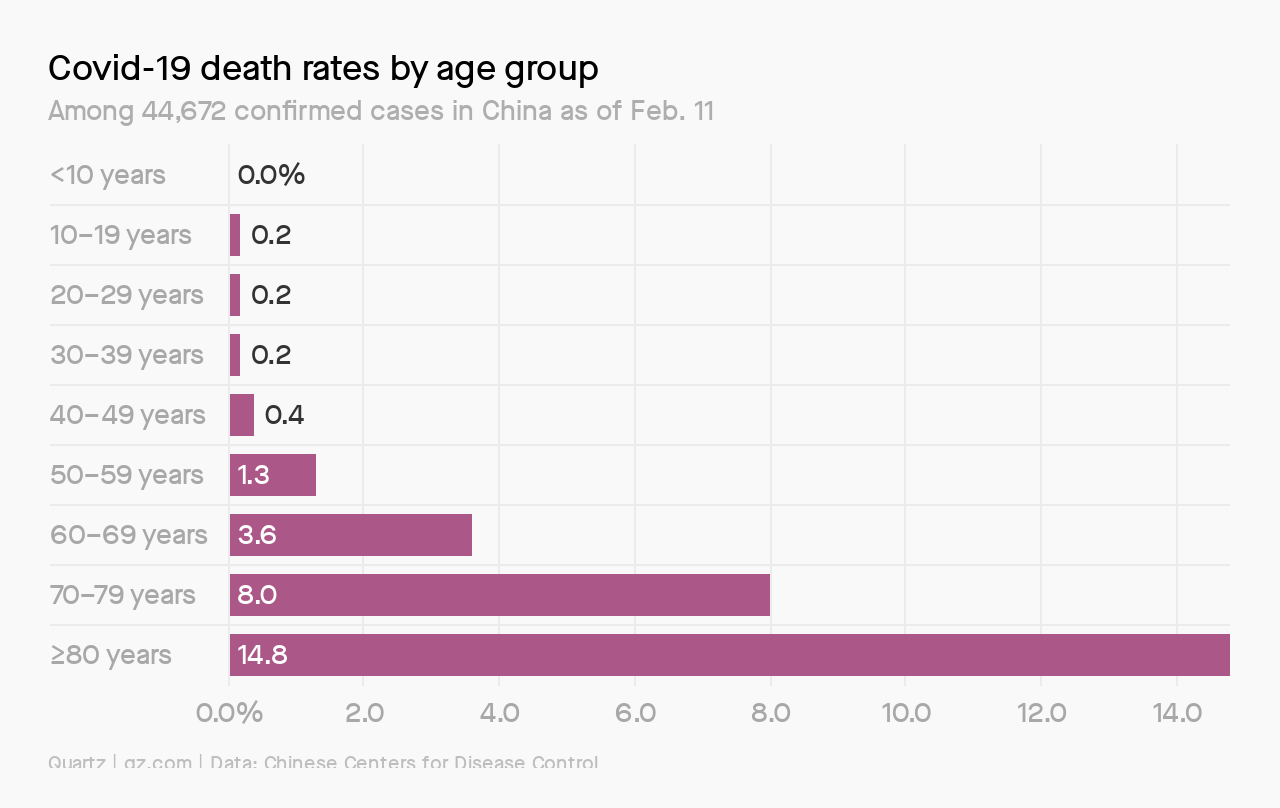Overview
Dividing lines: discretizing contineous scales for our ease
Dividing lines in University:
Throughout my education, I tried to have a large scope of anything I do. The “Big Picture” matters to me and I usually define broad lines; the What?, the Why?, and the How? are always scrutinized ahead of every task. I have also always believed in grey zones and multi-disciplinarity. My undergraduate degree was in Biochemitrsy, a field that is at the borderline between Biology and Chemistry. I read a lot about different fields and moved from discipline to discipline.
To more traditional mentors, this was viewed as a lack of focus as one mentor once told me. To me, it was an embrace to what I understood early on: As life becomes more complex, multi-disciplinarity is the new must.
In my view, life knows no real bounds. We draw imaginary lines everywhere in an attempt to better organize our institutions and society. Life does not know of the lines we drew between Biology, Chemistry, Biochemistry and Physics. To understand any phenomenon in real depth, it should be viewed from the lense of all these fields and more. Discretizing disciplines only serves our need to define smaller, manageable entities.
Multi-disciplinarity is the new must. My PhD was in Neuroscience & bioinformatics. My field, chromatin architecture looks at DNA folding from the lense of genomics, biochemistry, physics, biology… My team at C3G has so many different backgrounds/expertise (biologists, bioinformaticians, geneticists, astro-physicist, software developers…) all trying to tackle and understand health and disease.
Dividing lines in data analysis:
A more evident scenario of the presence of imposed dividing lines is some data analyses. You often see bar graphs in various analyses that divide contineous scales like age or height and bin them into discrete groups to simplify data processing and uptake. For example, one more recent example has been the COVID death rate in various age groups divided in bins of 10 years.

So what happens at the imposed dividing lines?
Does it really mean that if you are 59, you have twice the chance of dying as a 61 year old?
Definitely not. It is important to remember that this phenomenon is due to discritizing a naturally contineous scale. and that to get a real understanding at what happens at 59 vs 61, a more focused analysis is required.
comments powered by Disqus